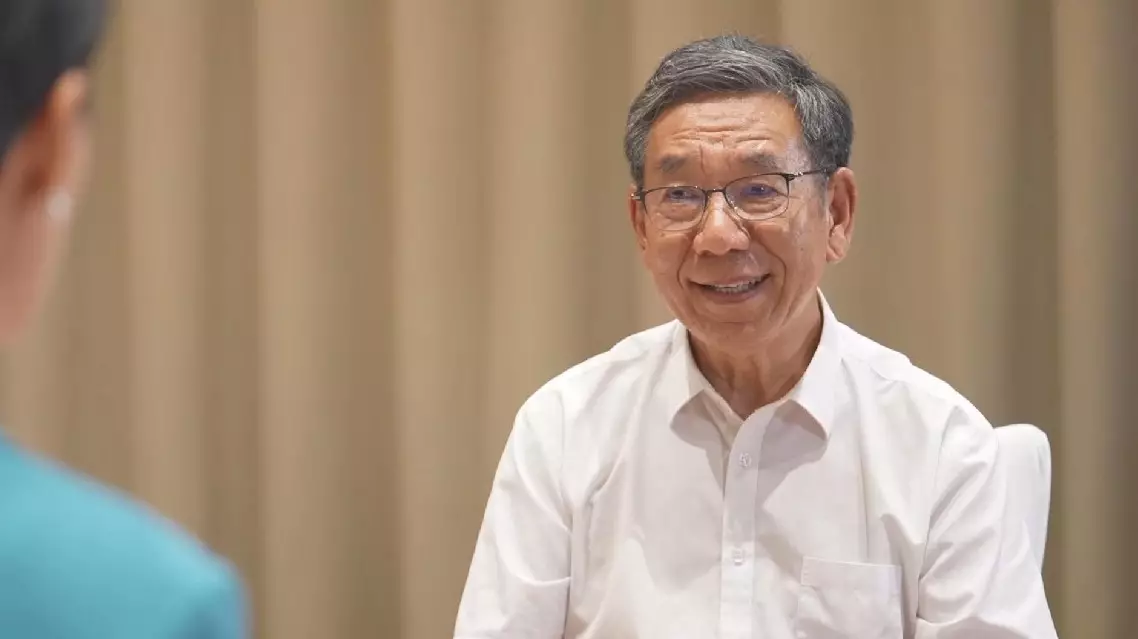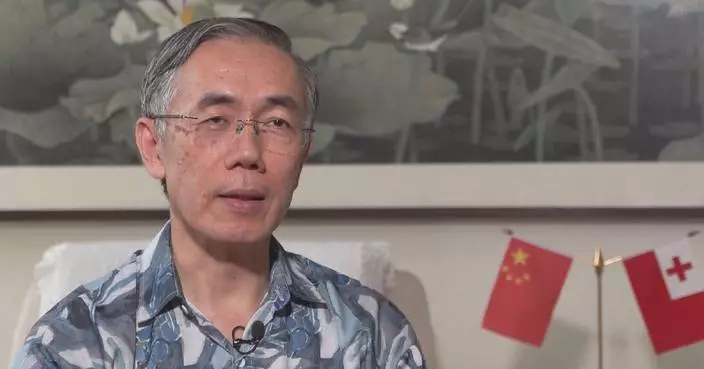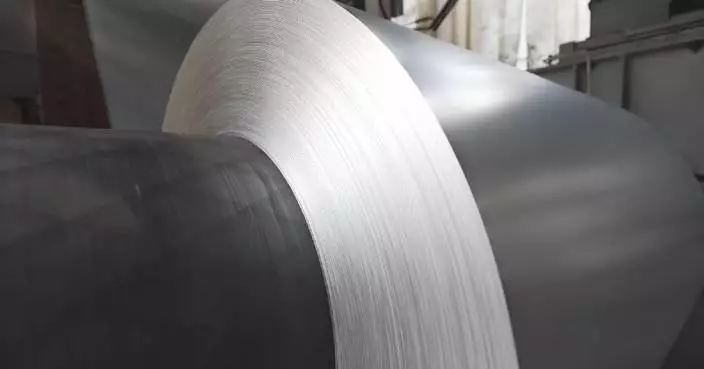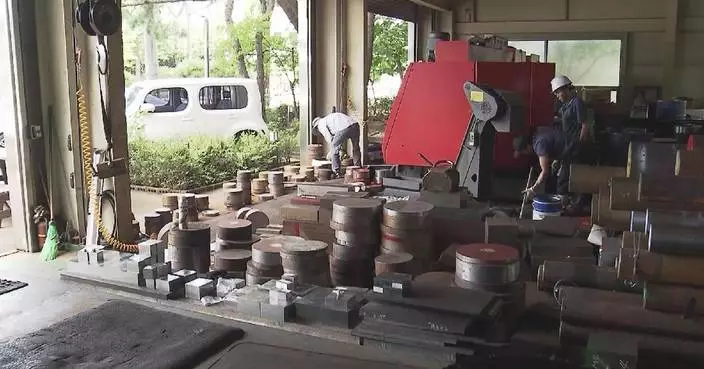Nobel laureate and Chinese-American physicist Tsung-Dao Lee passed away at the age of 97 in San Francisco on Sunday local time, according to the Institute of High Energy Physics at the Chinese Academy of Sciences.
Lee, born in Shanghai on Nov 24, 1926, entered the University of Chicago in 1946 and received his doctorate in June 1950. After graduation, he worked in a number of universities and institutions, including the University of Chicago, the University of California, Berkeley, and the Institute for Advanced Study, in the U.S. He was appointed honorary professor of Peking University in 1984.
Throughout his career, Lee made groundbreaking contributions to particle physics, nuclear theory and statistical mechanics.
In 1956, Lee worked with another Chinese-American physicist Chen-Ning Yang and put forward the idea that parity is not conserved in the weak interaction. After experimental verification, they were awarded the Nobel Prize in Physics and the Einstein Prize in Science in 1957.
In 1994, the Chinese Academy of Sciences elected Lee to be one of China's first group of foreign academicians.
Since 1972, Li had given lectures in China many times and made suggestions on the development of China's scientific undertakings. He made great contributions to the strategic layout of China's science education, frontier exploration of high-energy physics, high-level personnel training and international exchanges and cooperation.
Lee proposed to establish the National Natural Science Foundation of China, and played a leading role in promoting China's basic research and enhancing China's original innovation capacity.
He advocated the establishment of the cooperation mechanism of the PRC-U.S. Joint Committee on High Energy Physics and the establishment of the Beijing Electron-Positron Collider, China's first high-energy accelerator, and facilitated the formation of the Beijing Spectrometer and the Daya Bay neutrino experiment international cooperation groups, providing guidance and help for China to achieve a series of breakthroughs in the forefront of high-energy physics in the world.
He proposed to establish research centers like the Beijing Institute of Modern Physics, the China Center of Advanced Science and Technology, the Zhejiang Institute of Modern Physics, and the Center for High Energy Physics of Peking University to promote cutting-edge scientific research, international exchanges and cooperation and the growth of young scholars, and win policy support for building an open education and research base and a nurturing environment for talents.
Lee spent his entire life pursuing science, becoming an inspiration for future generations of researchers and scholars.
"You have to do everything with your own hands until you master the tricks, and that's the way it is with scientific research -- by doing it over and over again. I have not much else to entertain myself but doing scientific work. It is like breathing to me, my life, and my source of contentment," said Lee in a 2001 documentary.
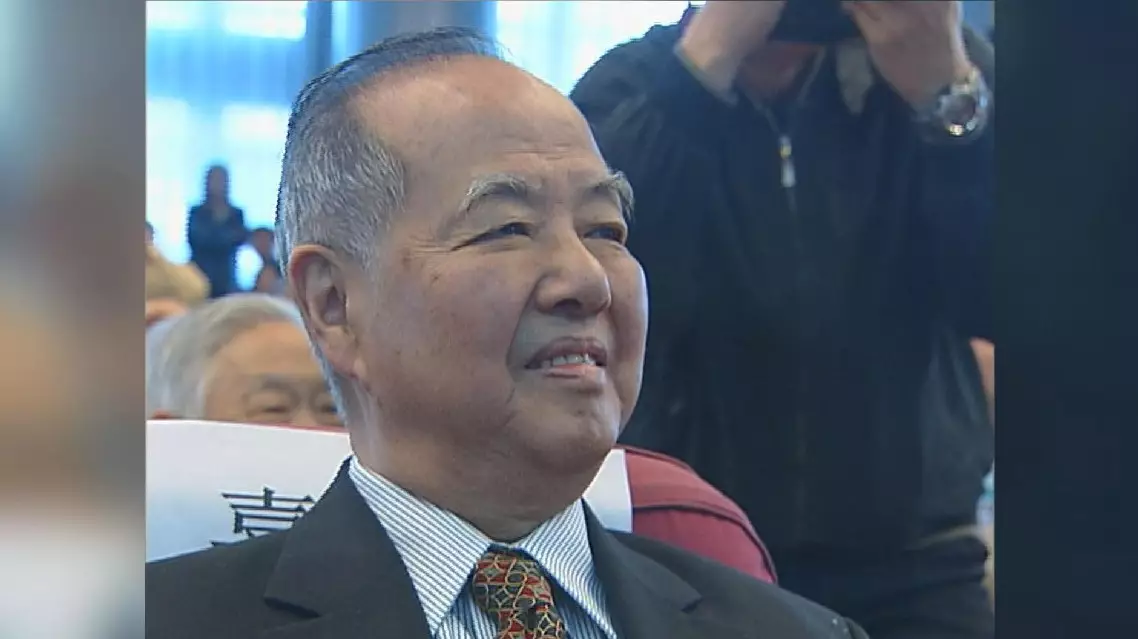
Nobel laureate physicist Tsung-Dao Lee passes away at 97


